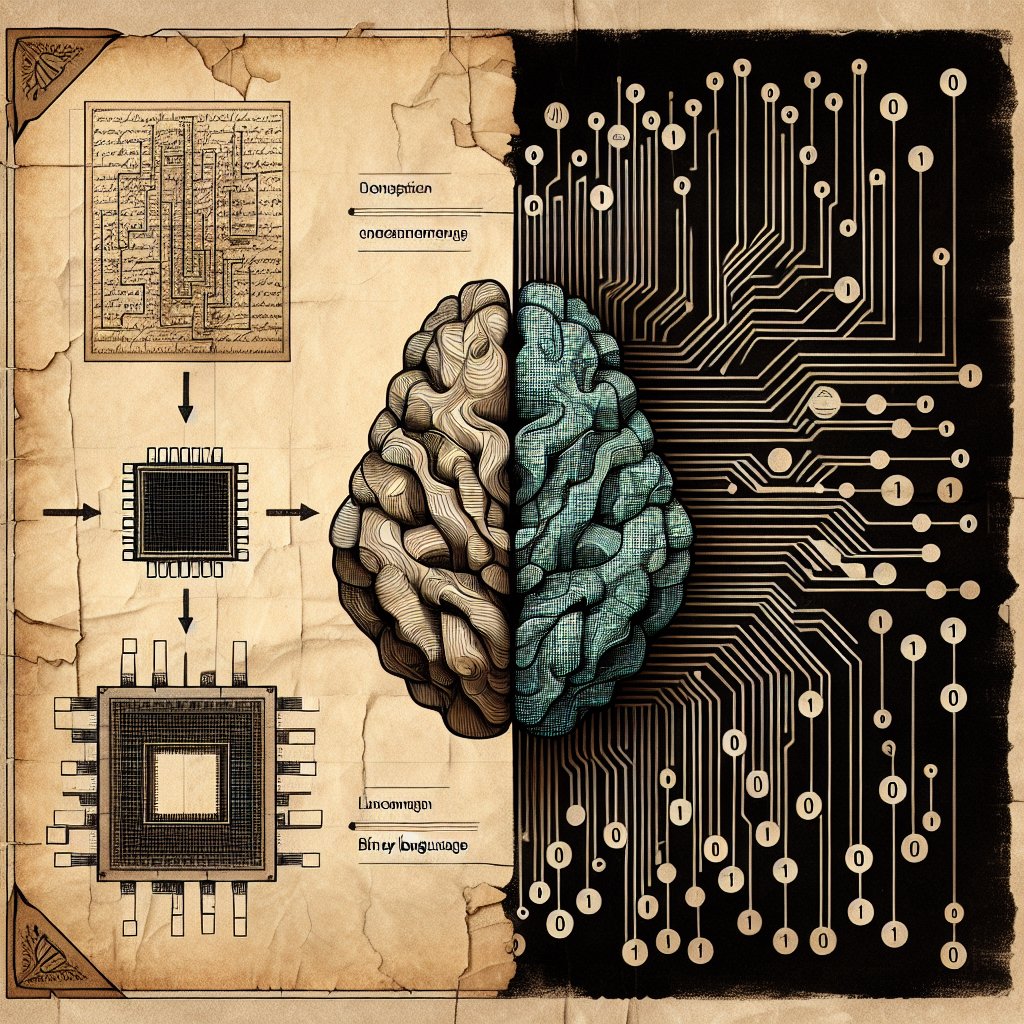Long Short-Term Memory (LSTM) is a type of recurrent neural network (RNN) that is designed to overcome the vanishing gradient problem that plagues traditional RNNs. LSTMs have become increasingly popular in recent years due to their ability to capture long-term dependencies in sequential data, making them well-suited for tasks such as speech recognition, language translation, and time series prediction.
The concept of LSTM was first introduced by Sepp Hochreiter and Jürgen Schmidhuber in 1997, but it was not until the early 2010s that the model gained widespread attention in the machine learning community. Since then, researchers have made numerous advancements in LSTM architecture and training algorithms, leading to significant improvements in performance and efficiency.
One key innovation in LSTM architecture is the addition of forget gates, input gates, and output gates, which control the flow of information through the network and enable it to selectively remember or forget information over time. These gates help LSTMs to effectively capture long-term dependencies by preventing the gradients from vanishing or exploding during training.
Another important development in LSTM research is the introduction of variants such as Gated Recurrent Units (GRUs) and Peephole LSTMs, which offer different trade-offs in terms of computational complexity, memory efficiency, and performance. These variants have further expanded the applicability of LSTMs to a wide range of tasks and datasets.
In practice, LSTM models are typically trained using gradient descent algorithms such as Adam or RMSprop, which help to optimize the network parameters and minimize the loss function. Researchers have also explored techniques such as teacher forcing, dropout regularization, and batch normalization to improve the stability and generalization of LSTM models.
Today, LSTM models are widely used in various applications, including natural language processing, image captioning, and autonomous driving. Their ability to capture long-range dependencies and handle sequential data has made them a popular choice for researchers and practitioners working in the field of deep learning.
In conclusion, the evolution of LSTM from theory to practice has been marked by significant advancements in architecture, training algorithms, and applications. As researchers continue to explore new ideas and techniques, we can expect further improvements in the performance and versatility of LSTM models, making them an indispensable tool for solving complex machine learning tasks.
#Evolution #LSTM #Theory #Practice,lstm


Leave a Reply